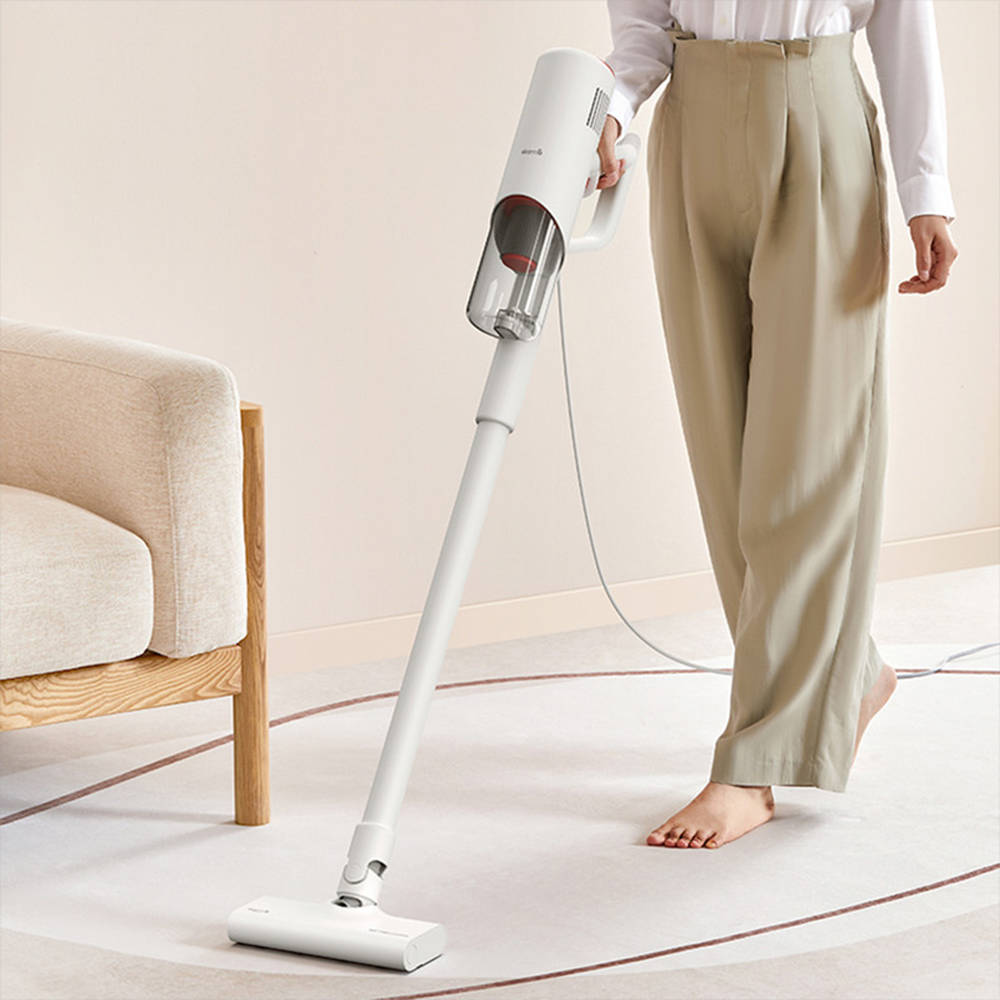Ever thought, how do you know if a vacuum is powerful?
Vacuum cleaners are essential tools for keeping your home clean and free of dirt, dust, and debris. However, not all vacuum cleaners are created equal, and their strength can vary significantly. To get the most out of your vacuum cleaner, it is essential to understand its strength and how to measure it. In this article, we’ll explore how to know the strength of your vacuum cleaner.
Understanding Vacuum Cleaner Suction Power
The suction power of a vacuum cleaner is a measure of how much air it can move through its motor and fan system. Suction power is measured in cubic feet per minute (CFM) or air watts (AW), which is a measure of the amount of power consumed by the motor. In general, the higher the suction power, the more effective the vacuum cleaner is at picking up dirt and debris.
It is essential to understand the relationship between suction power and cleaning effectiveness. A higher suction power means that the vacuum cleaner can pick up more dirt and debris, especially on carpets and other soft surfaces. However, too much suction power can damage delicate surfaces, so it is crucial to find the right balance for your cleaning needs.
Factors that Affect Suction Power
Several factors can affect the strength of your vacuum cleaner, including the age and condition of the vacuum cleaner, the type and quality of the vacuum cleaner filter, and blockages or obstructions in the vacuum cleaner.
As vacuum cleaners age, their motors may become weaker, resulting in reduced suction power. A vacuum cleaner that is several years old may not be as effective as a new one, even if it has been well-maintained.
The type and quality of the vacuum cleaner filter can also affect suction power. A clogged or dirty filter can reduce airflow, leading to weaker suction power. It is essential to clean or replace your vacuum cleaner filter regularly to maintain optimal performance.
Blockages or obstructions in the vacuum cleaner can also reduce suction power. If your vacuum cleaner is not picking up dirt and debris as effectively as it used to, it is worth checking the hose, wand, and attachments for blockages or obstructions.
Measuring the Suction Power of Your Vacuum Cleaner
There are several ways to measure the suction power of your vacuum cleaner. The most common method is to use a vacuum gauge, which is a device that measures the air pressure created by the vacuum cleaner. You can purchase a vacuum gauge from a hardware store or online retailer.
To measure the suction power of your vacuum cleaner using a vacuum gauge, follow these steps:
- Turn off your vacuum cleaner and unplug it from the wall.
- Remove the hose from the vacuum cleaner and insert the vacuum gauge into the hose.
- Turn on the vacuum cleaner and note the reading on the vacuum gauge.
- Repeat this process for each attachment to get a more accurate reading of the suction power of your vacuum cleaner.
Alternative methods to measure suction power include using a flow meter or a manometer. However, these methods are more complicated and may require professional assistance.
Maintaining and Improving the Strength of Your Vacuum Cleaner
A vacuum cleaner is an essential household appliance that helps keep our homes clean and free of dust and debris. However, like any other machine, it requires regular maintenance to ensure that it is functioning optimally and to extend its lifespan. Here are some tips for maintaining and improving the strength of your vacuum cleaner:
- Clean or Replace the Filters: The filters in your vacuum cleaner play a crucial role in trapping dust, dirt, and other particles. Over time, the filters can become clogged, which can impede the airflow and reduce the suction power of your vacuum. To maintain the strength of your vacuum cleaner, it’s important to clean or replace the filters regularly, depending on the type of filter and usage frequency.
- Empty the Dustbin: A full dustbin can also reduce the suction power of your vacuum cleaner. Therefore, it’s important to empty the dustbin regularly, preferably after each use, to maintain optimal suction strength.
- Check the Brushes and Belts: The brushes and belts in your vacuum cleaner can wear out over time, which can affect the suction power. Check these parts regularly and replace them if necessary to maintain optimal performance.
- Use the Right Attachments: Different attachments are designed for different purposes, such as cleaning upholstery or hard floors. Using the wrong attachment can reduce the suction power and make cleaning less effective. Make sure to use the right attachments for the task at hand.
- Store the Vacuum Properly: When not in use, it’s important to store your vacuum cleaner properly to protect it from damage and maintain its strength. Keep it in a dry and cool place, away from direct sunlight, and avoid storing it with the cord wrapped around the machine.
In summary, maintaining and improving the strength of your vacuum cleaner requires regular maintenance, including cleaning or replacing filters, emptying the dustbin, checking the brushes and belts, using the right attachments, and storing the vacuum properly. By following these tips, you can ensure that your vacuum cleaner performs optimally and lasts for many years.
